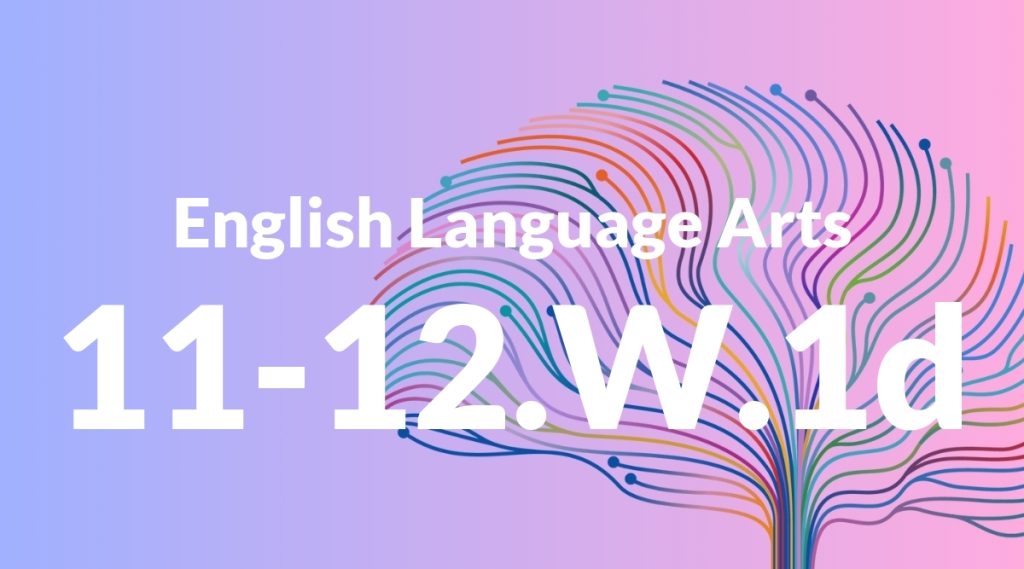Standard: 11-12.W.1d – Establish and maintain a formal style and objective tone while attending to the norms and conventions of the discipline in which they are writing.
Grade level: Grade 11-12
Subject: English Language Arts
Domain: Writing
Teacher Overview
This standard emphasizes the importance of writing with a formal style and objective tone, crucial for academic and professional success. Mastery of this skill ensures that students can communicate their ideas effectively while adhering to the norms of the discipline. Students should be comfortable with different writing styles and have a basic understanding of formal writing conventions. Experience with structured writing assignments is also necessary.
Mastering this standard prepares students for advanced writing tasks in college and professional settings, where formal style and objective tone are essential for effective communication.
Common Misconception 1
A common misconception is that formal writing requires the use of overly complex vocabulary. This is incorrect because the primary goal of formal writing is to communicate clearly and precisely, not to confuse the reader with unnecessarily difficult words.
Intervention 1
To address this misconception, provide examples of well-written formal texts that use clear and precise language. Encourage students to prioritize clarity over complexity in their writing.
Common Misconception 2
Another misconception is that maintaining an objective tone means avoiding any personal voice or perspective. This is incorrect because an objective tone involves presenting information fairly and without bias, but it does not mean the writer cannot have a structured and logical perspective.
Intervention 2
To correct this, show students examples of objective writing that still convey a clear, logical perspective. Discuss how to balance objectivity with a coherent argument or narrative.
Prerequisite Knowledge
Students should have a basic understanding of different writing styles and tones, and should be familiar with the general conventions of formal writing. They should also have experience with writing essays and other structured written assignments.
Subsequent Knowledge
After mastering this standard, students will be able to apply a formal style and objective tone in more complex and varied writing situations. They will also be better prepared for college-level writing and professional communication.
Instructional Activities
- Analyze examples of formal and informal writing
- Practice rewriting informal text in a formal style
- Peer review exercises focusing on tone and style
- Writing assignments that require adherence to specific disciplinary conventions
- Group discussions on the importance of objective tone in different contexts




